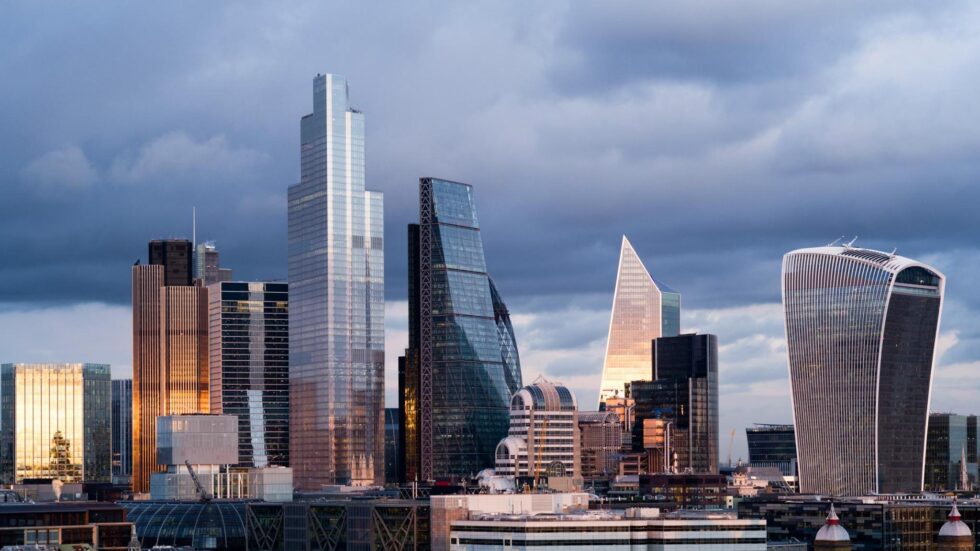
Exposed: the hedge funds cashing in on the food price spike
Analysis shows hedge funds were some of the biggest winners from the global food price spike that followed Russia’s invasion of Ukraine
The world’s top 10 hedge funds made profits of neary $2bn from trading in grain and soya beans in the run-up to and aftermath of the Ukraine invasion.
They made those bumper profits with ‘trend-following’ techniques, which involve using algorithms to spot rising or falling prices and automatically buying or selling financial derivatives in response.
Our findings raise questions over the role of hedge funds and other speculators in inflating food prices, as a global cost of living crisis continues to affect millions of people across the world.
METHODS
In collaboration with Greenpeace’s investigative unit, Unearthed, we analysed data from investment bank Société Générale’s Trend Index, which tracks the daily returns of the world’s 10 largest trend-following hedge funds.
We combined these daily returns with Société Générale’s data showing the hedge funds’ assets under management as well as estimates of how much these funds were weighted towards commodities. The analysis stripped out non-food commodities and homed in on grains and soya beans.
Once a year, the top 10 trend-followers also report the total value of their portfolio, which in September 2021 stood at $55bn. Using this figure and the Trend Indicator’s daily breakdown of estimated returns from different asset classes, Lighthouse estimated that in the first three months of 2022, the top 10 trend-followers made $9.6bn in returns, including $1.9bn on wheat, corn and soybeans trades.
The $1.9bn in returns on grains and soya beans from the top 10 hedge funds in the first quarter of 2022 was significantly higher than the returns on those same commodities in the first quarter of any of the previous five years.
The top 10 hedge funds were the Managed Futures Offshore fund, run by AQR Capital Management; the Managed Futures fund, run by AlphaSimplex Group; Diversified, run by Aspect Capital; BlueTrend run by Systematica Investments; Tactical Trend A, run by Graham Capital Management; Systematic Trend, run by ISAM; Lynx Bermuda D, run by Lynx Asset Management; Man AHL Alpha, run by Man Investments; DTP Enhanced Risk, run by Transtrend BV; Winton Trend, run by Winton Capital.
STORYLINES
Olivier De Schutter, co-chair of the International Panel of Experts on Sustainable Food Systems and UN special rapporteur on extreme poverty and human rights, said: “Hedge funds and financial speculators have made obscene profits by betting on hunger and exacerbating it. That cannot be right. At the start of the Ukraine war, financial investors piled into grains and commodities in large numbers, seeking to capitalise on uncertainty and rising food prices, and they hit the jackpot.”
He said the jolts to the food market since the Ukraine invasion showed how dangerous speculation in food commodities could be, with the effects of these extraordinary profits being felt by vulnerable people.
Trend-following hedge funds started buying wheat and corn contracts heavily in the weeks leading up to the invasion, as news emerged of Putin’s troops massing on the Ukrainian border, according to Dave Whitcomb, an analyst at trading consultancy Peak Research. “Their goal is to get on the train early… so that they are already buying commodities before the big move,” he said. “These momentum traders were really buying on upward momentum in early February, and into March.”

